When the Royal Academy staged the exhibition ‘Bronze’ in the autumn of 2012, many visitors were astonished by the versatility of this ancient material and the originality of the forms into which it had been cast. However in recent years the art of sculpting in bronze has been the subject of sustained academic interest: scholarly publications have documented important private collections, including those of Peter Marino (2010) and J. Tomilson Hill (2014), and museum collections held in, for example, the Ashmolean Museum (2014) and the Wallace Collection (2016). Dedicated exhibitions have been held on sculptors working in bronze, such as Adriaen de Vries, Willem van Tetrode, and Andrea Riccio.
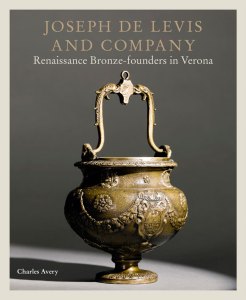 The more recent interest in this field was fuelled by the groundbreaking exhibition ‘Giambologna 1529–1608: Sculptor to the Medici’ in 1978–79, which was accompanied by a catalogue co-edited by the art historian Charles Avery. Over his long career in the field, Avery has published extensively on various aspects of European sculpture, and his latest book, Joseph de Levis and Company: Renaissance Bronze-Founders in Verona, focuses on a dynasty of founders working in northern Italy in the 16th and 17th centuries. As Avery explains in the preface, his interest in the de Levis family began almost half a century ago when, in 1970, he published a bronze and marble bust of a man, signed by Joseph de Levis, in the Walker Art Gallery, Liverpool. The Victoria and Albert Museum, where Avery worked at the time, also had a pair of signed bronze andirons, thus laying the foundation for the author’s fascination. Since then he has tracked and recorded all items produced by, or attributed to, three generations of the de Levis family, publishing his findings in a number of articles over the ensuing years. The present book is a summing up of that work, which also incorporates important research on the family carried out by other scholars, notably in Italy, but also in the field of Jewish artists, with whom the de Levis family have been associated.
The more recent interest in this field was fuelled by the groundbreaking exhibition ‘Giambologna 1529–1608: Sculptor to the Medici’ in 1978–79, which was accompanied by a catalogue co-edited by the art historian Charles Avery. Over his long career in the field, Avery has published extensively on various aspects of European sculpture, and his latest book, Joseph de Levis and Company: Renaissance Bronze-Founders in Verona, focuses on a dynasty of founders working in northern Italy in the 16th and 17th centuries. As Avery explains in the preface, his interest in the de Levis family began almost half a century ago when, in 1970, he published a bronze and marble bust of a man, signed by Joseph de Levis, in the Walker Art Gallery, Liverpool. The Victoria and Albert Museum, where Avery worked at the time, also had a pair of signed bronze andirons, thus laying the foundation for the author’s fascination. Since then he has tracked and recorded all items produced by, or attributed to, three generations of the de Levis family, publishing his findings in a number of articles over the ensuing years. The present book is a summing up of that work, which also incorporates important research on the family carried out by other scholars, notably in Italy, but also in the field of Jewish artists, with whom the de Levis family have been associated.
The backbone of the book is the catalogue of 123 bronzes, divided into ‘signed’, ‘attributed to’, ‘rejected’, and the oddly equivocal ‘less firm and reliable attributions’ – of which there are only two. The bronzes are further divided by type, such as ‘church bells’, ‘table bells’, and ‘mortars’. These entries are exhaustive in their detail, with full bibliographical references for each, along with provenance, dimensions and a detailed physical description including signatures, inscriptions and decorative motifs. Many entries also feature scholarly notes giving further context to the individual pieces and which often include details of their original commission, whether documented or deduced. The bronzes are extensively cross-referenced, particularly with regard to stylistic similarities.
That Avery has been working methodically on the de Levis family for so many years – cataloguing bronzes as he became aware of them – occasionally becomes apparent in minor inconsistencies of format. Sometimes patinas are described and other times not; on occasions Avery makes it clear that he has not examined the item in question at first hand, and on others it is left to the reader to figure this out. However given the mass of detail provided, these irregularities are minor and do not detract from the overall impact of the book. More regrettable is the fact that, as the author himself points out, good photographs were often impossible to obtain. Many of the church bells produced by the family remain in inaccessible church towers dotted across northern Italy, and a number of bronzes are known only from old sale catalogues where they were badly illustrated or not illustrated at all. The captioning of photographs in the catalogue section of the book – including comparative illustrations – is also minimal and occasionally confusing.
Beyond the book’s catalogue, further chapters are devoted to a wide range of subjects, such as the technical side of bronze-founding, the various family signatures, and a reception history of the family. The latter reveals that, based on a mistaken assumption, Joseph himself was long believed to have been a retardataire sculptor working in the late 17th century. It was only in 1937, when a signed and dated bell came to light, that he was restored to his proper milieu in the second half of the 16th century.
Whereas the detailed catalogue and the categorisations of table bells into Types ‘A’, ‘B’ and ‘C’ will be a boon for bronze specialists, it is when Avery outlines the history of the de Levis family and describes the social context in which they worked that he excels; here the uninitiated will find his story most accessible. He traces the development of the de Levis family, who moved to Verona in the first half of the 16th century from near Bergamasco, and transformed themselves from cheesemakers and bakers into a successful dynasty of bronze-founders. Avery touches on de Levis’s unusual decision to call himself ‘Joseph’ instead of the more common ‘Giuseppe’, and he discusses the possibility that the family was actually part of the Jewish community in Verona – a claim made by several scholars (although the question of whether they were Jews who took the commercially advantageous decision to work for Christian patrons, or vice versa, remains open to debate).
Avery’s understanding of the bronze-founder’s world and its daily associations is unsurpassed. He describes Joseph de Levis’s collaboration with the sculptor Angelo de Rossi on important commissions, such as the figures of St John the Baptist and St George in the church of San Giorgio in Braida, Verona, but admits that he also plagiarised decorative motifs which he copied and pasted on different domestic items. Avery argues convincingly that, somewhere between these two extremes, de Levis probably created some of his own models – raising himself above the station of mere founder. He explains the significance of coats of arms, and brings together patrons and artisans in the streets of Italy. It is in his evocation of an industry and the culture it inhabits that Avery is at his most compelling.
Joseph de Levis and Company: Renaissance Bronze-Founders in Verona, by Charles Avery, is published by Philip Wilson Publishers.
From the November issue of Apollo. Preview and subscribe here.
Unlimited access from just $16 every 3 months
Subscribe to get unlimited and exclusive access to the top art stories, interviews and exhibition reviews.

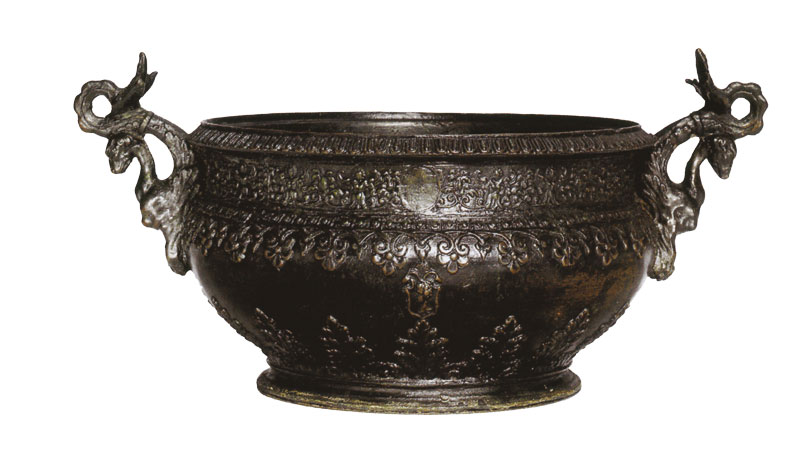
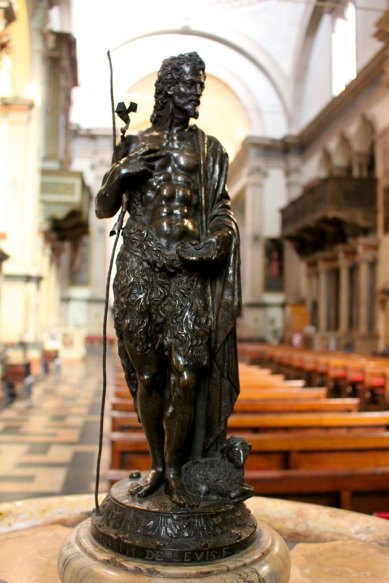
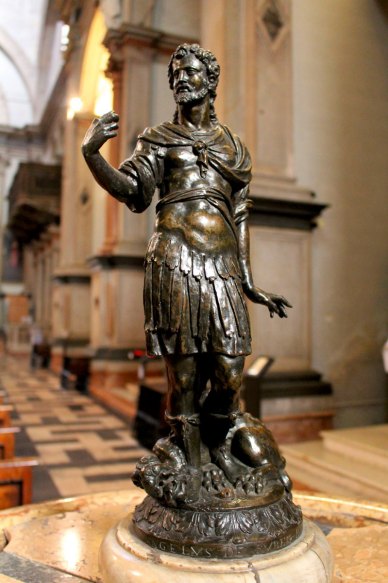
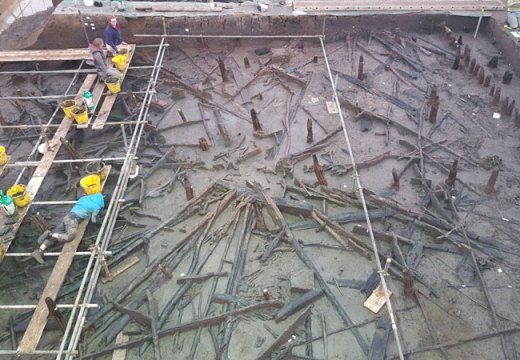
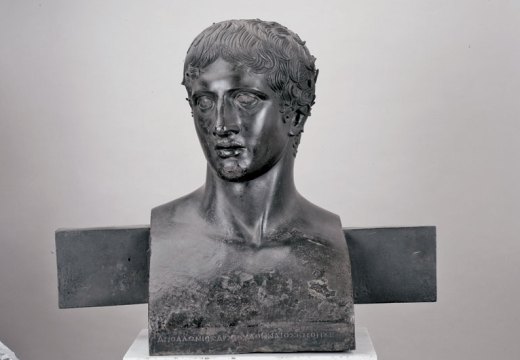
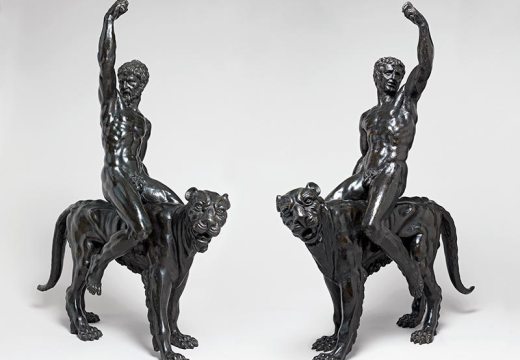









![Masterpiece [Re]discovery 2022. Photo: Ben Fisher Photography, courtesy of Masterpiece London](http://www.apollo-magazine.com/wp-content/uploads/2022/07/MPL2022_4263.jpg)
Why are fathers so absent from art history?